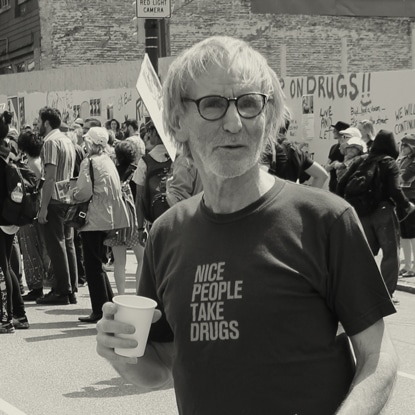Today’s Senate committee hearings into Bill C-10 focused on testimony from three lawyers regarding amendments to the International Transfer of Prisoners Act: Nathalie Des Rosiers, General Counsel of the Canadian Civil Liberties Association, Fannie Lafontaine, a law professor at the University of Laval, and John Conroy, a lawyer in the Fraser Valley.
These lawyers were very concerned with the expansion of ministerial discretion over the repatriation of Canadian prisoners. They argued that the bill would make it easier for a minister to deny the transfer of prisoners for what amounts to arbitrary reasons.
Mr. Conroy brought up the example of the Goulet case, where Minister Toews’ decision not to repatriate a prisoner convicted of a drug crime was deemed unreasonable by a federal judge. The decision cited twelve previous ministerial decisions since 2008 that were also deemed unreasonable, showing a problematic pattern in politicized decision-making over prisoner transfer. In these cases, the minister ignored the evidence put forward by officials at the Ministry of Public Safety; as Mr. Conroy put it, “It’s as if the minister doesn’t trust his own ministry.”
The three lawyers made it clear that there were many good reasons to repatriate prisoners. Chief among them was that in serving a sentence elsewhere, and returning to Canada upon release, the offender neither has a criminal record in Canada, nor is required to check in with correctional authorities.
Lawyers argued that public safety is far better served when prisoners are repatriated, since, in the words of Mr. Conroy, it allows Correctional Service Canada to “get to know” the offender through risk evaluations, follow ups, and the increasingly long leash of parole prior to full release. Furthermore, Canadian prison objectives prioritize the rehabilitation and reintegration of offenders, which is not the case in many other jurisdictions including the United States, the source country of 85% of transfers to Canadian prisons.
But for Conservative members of the committee such as Senators Lang, Runciman, Boisvenu, Dagenais, and Wallace, these arguments are akin to “hug-a-thug” rhetoric that privileges offenders over victims.
As Senator Lang argued, these offenders “knew the consequences of the crimes they were committing” and should therefore serve out their sentences in the jurisdiction where they committed the crime.
These senators claim that Canadian prisons are too lax, and it is only for this reason that Canadian offenders would want to return home. For instance, according to Senator Lang, prisoners in the US must serve 85% of their sentence before being eligible for parole, and in many cases the sentences are harsher than those for the same offences in Canada. Lang ignored the fact that the length of a prisoner’s sentence does not change once he or she is repatriated to Canada. From these comments, it seems that what these Conservative senators are really saying is Canada should not only have harsher sentences, but the Canadian Criminal Code’s principal objectives of rehabilitation and reintegration are not to be respected.
But Lang does have a point: the United States has very harsh sentences. As I mentioned in a previous post, California’s “3 strikes and you’re out” law has put thousands of drug offenders behind bars for life. And in the US federal system as a whole, over half of inmates are serving time for drug offences.
In watching the committee hearings unfold, I am struck by the way the bill’s proponents seem to desire that our system of justice should do nothing but dole out retributive punishment. Supporters of Bill-C10 consistently show contempt for the Canadian justice system, and a preference for policies that we know do not work. For this reason, they want ministerial discretion over prisoner transfers to be greater, at the expense of judges and officials at Correctional Services Canada whose job it is to determine the likelihood that a criminal will reoffend.
The real question seems to be who should be in charge of passing judgment on Canadians: elected officials, whose jobs depend on being popular, or the judiciary, who are meant to use objective criteria? We must remember that democracy requires the rule of law to be respected and applied equally to all.
As the Goulet case shows, ministerial discretion in the case of prisoner transfer is a threat to Canadian democratic values.











